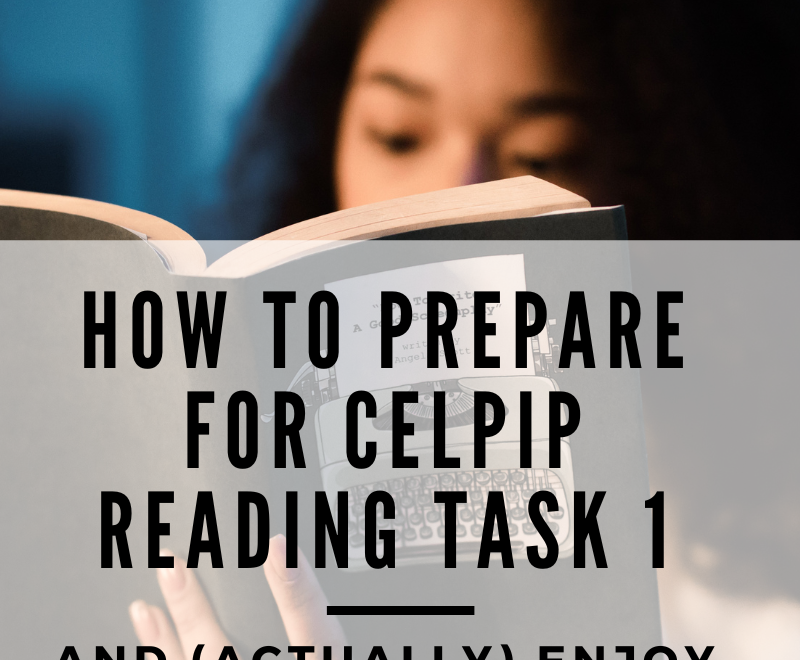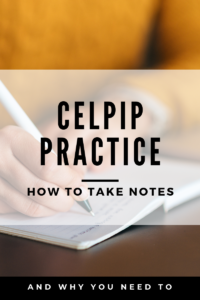Task 1 of the reading section is focused on using correspondence. This can be an e-mail, a letter, a letter to the editor, a memo, etc.

Step One: Make English A Part of You.
Don’t wait until you’re in English class or an English teacher to be putting yourself in contact with English!
You can do much of this work on your own!
And if you want your reading skills to improve for the CELPIP, you must make it your mission to make reading practice – using topics you enjoy – a part of what you do each day.
What does that mean?
- Read (in English) things that interest you. Try looking over on CBC.ca. (https://www.cbc.ca/news/opinion ) This section is focused not around news, but around regular people – people just like you – as they share their personal experiences. You might find an article that interests you there.
I found this article: I was a stranger in Calagary.
(You can use this article or any one you like. Follow the next suggestions below!)
- Practice Skimming: give yourself one minute. Try to skim through (not reading every word) and see if you can figure out what the big or main idea of the article is. Don’t get stuck trying to figure out what each word means! Skimming = not reading every word!
- Tip: Try reading just the first sentence or so of each paragraph then quickly move to the next one. The first sentence of the paragraph usually will tell you what the rest of the paragraph is about. Don’t read through the entire paragraph if you don’t need to!
- Practice Skimming for Specific Information: As you read, try taking note of the following as quickly as you can: Who is this article about? What happened to them? When did this happen? Where does this take place? Why are they writing? (Give yourself 2-4 minutes to do this.)
- Go a little deeper: How does the writer feel about his/her topic? What’s their purpose? Does the writer want you to respond or take action in a certain way? Has the writer learned a lesson? Has the writer changed in some way from the start of the article?
- Bonus: Engage! Scroll down to the bottom of the page. You’ll notice a comment section. You’ll see many on this article. Practice skimming the comments for a moment. What’s the overall feeling of the people who have read this? Find a comment you like. Like it. (Click the thumb’s up button.)
- Write your own comment! What does this article mean to you? (You’ll need a free CBC.ca account profile to leave a comment!)



Leave a Reply